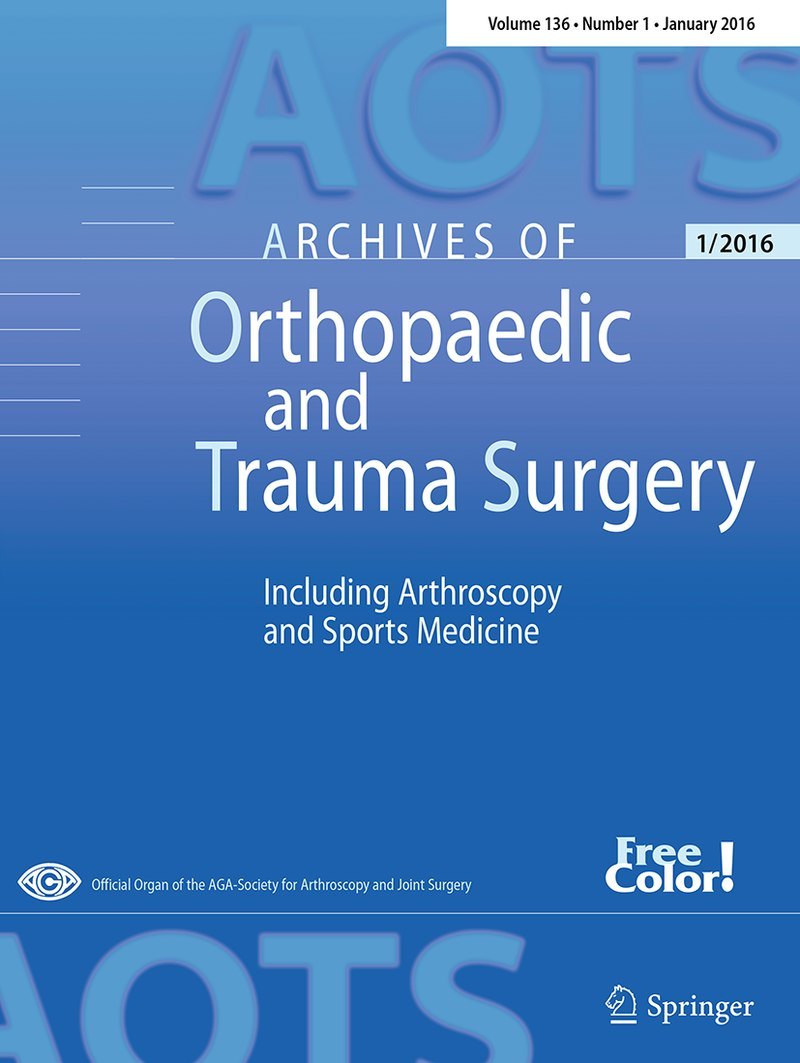
Uni- versus bipolar hemiarthroplasty in eldery patients with femoral neck fractures

Uni- versus bipolar hemiarthroplasty in eldery patients with femoral neck fractures
Uni- and bipolar hemiarthroplasty with a modern cemented femoral component provides elderly patients with displaced femoral neck fractures with equal functional outcome and survivorship at medium-term follow-up
Arch Orthop Trauma Surg. 2014 Sep;134(9):1251-9.Did you know you're eligible to earn 0.5 CME credits for reading this report? Click Here
Synopsis
175 elderly patients with displaced intracapsular femoral neck fractures were randomly assigned to undergo unipolar or bipolar hemiarthroplasty (HA). The purpose of this study was to compare implant survival, ambulatory ability, and mortality rates between groups up to 5 years post-surgery. Unipolar HA resulted in a significantly higher dislocation rate compared to bipolar HA, however no significa...
To view the full content, login to your account,
or start your 30-day FREE Trial today.
FREE TRIAL
LOGIN
Forgot Password?
Explore some of our unlocked ACE Reports below!

Learn about our AI Driven
High Impact Search Feature
Our AI driven High Impact metric calculates the impact an article will have by considering both the publishing journal and the content of the article itself. Built using the latest advances in natural language processing, OE High Impact predicts an article’s future number of citations better than impact factor alone.
Continue



 LOGIN
LOGIN

Join the Conversation
Please Login or Join to leave comments.